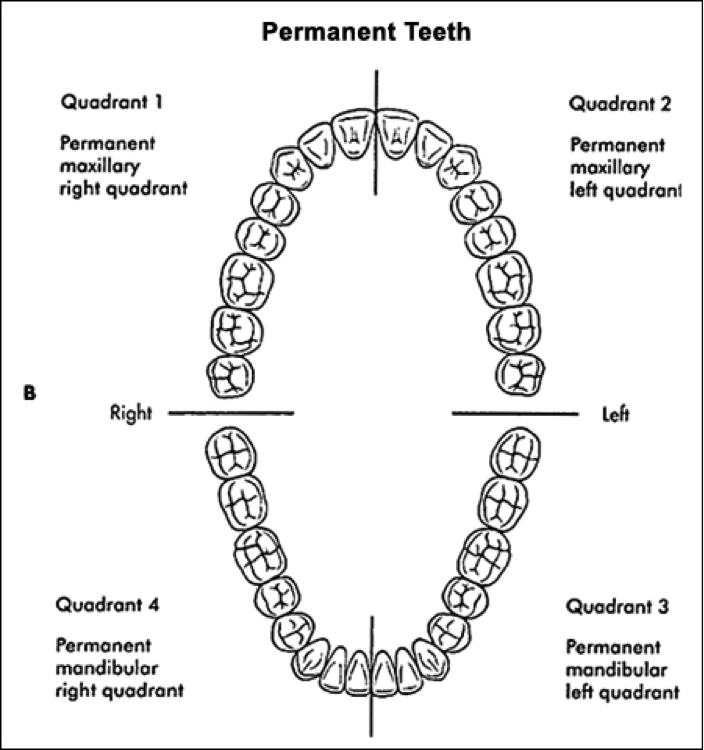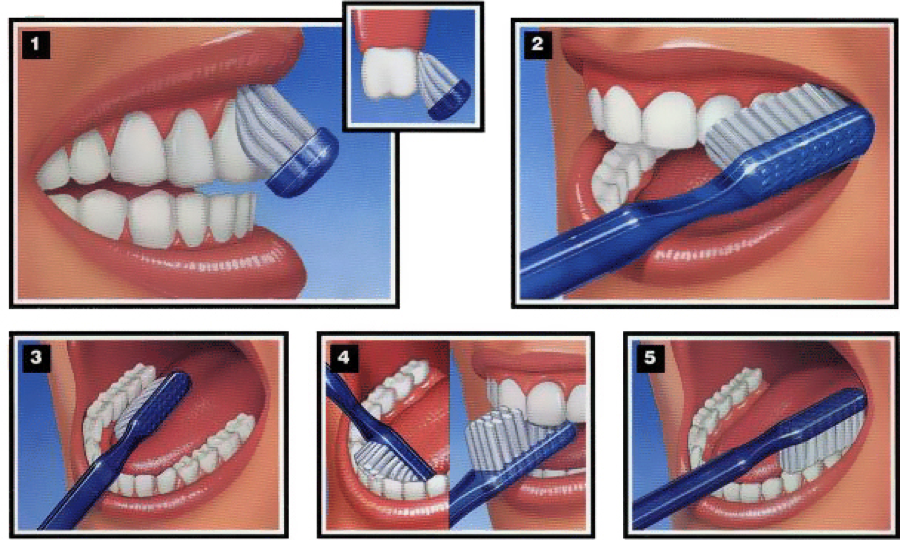Greetings, my name is Dr. Kari Ann Hong, and I have a family dentistry practice where I see patients from all age groups. In my practice, I help educate my patients about what they can do at home to help care for their teeth.
The first topic of discussion is what patients eat and drink and how frequently they do so. Our mouths all naturally harbor a certain amount of bacteria. A specific strain called streptococcous mutans is responsible for eating the foods and beverages we ingest and creating acid. This acid causes a breakdown in the calcium phosphate structure of our teeth, leading to tooth decay. Certain foods will stick to the teeth longer than others and make the teeth more susceptible to decay. Examples of cavity provoking foods and beverages are pretzels, crackers, cereals, sodas, energy drinks, and juices. Natural foods that come from a tree or are picked from the ground will naturally wash of the teeth much quicker after we eat it.
Every time we eat or drink something other than water, our mouth will become more acidic for at least fifteen minutes after we ingest it. So the more frequently we eat, the more acid that accumulates in our mouths.
In order to counteract the bacteria in our mouths and the foods that stick to our teeth, it is important that we brush twice a day and floss once a day. I generally recommend an electric rechargeable toothbrush like a Sonicare or an Oral B to all of my patients. These electric toothbrushes are great because they help remove plaque build up better that we can with a manual toothbrush. Also, they have timers on them to encourage us to brush for a full two minutes. I recommend that my patient split their mouth up into four quadrants, and spend 30 seconds on each quadrant. If you choose to use a manual toothbrush, then I recommend a soft tooth brush. A harder tooth brush can adversely abrade the gum tissue or the tooth surface with extended use. Place the tooth brush at a 45 degree angle to the tooth surface. Make sure to gently massage the tooth and focus on where the teeth meet the gums, because this is where the plaque likes to collect.
I recommend flossing or using a hygiene tool to clean below the contact of the teeth at least once a day. The idea behind flossing is that you want to get the floss between the gum and the tooth, by wrapping each tooth you have just flossed between in a C-motion. For the butler soft pic, you just need to get it below the contact area.
In terms of what toothpastes or mouthwashes to use, I have a couple of suggestions. Any fluoridated toothpaste will be sufficient to clean the teeth. In patients that have a high risk of tooth decay, I will often recommend an additional tooth paste to be brushed on with a dry toothbrush, after regular tooth brushing. CariFree gel and MI paste are two of my favorite products for tooth remineralization. Both products have calcium, phosphate, and fluoride that help to rebuild tooth structure.
For mouth washes, I like over the counter ACT Fluoride rinse for those prone to tooth decay. For those that are prone to gum disease, I recommend Listerine, which is anti-bacterial. CariFree also makes a mouth wash that is pH neutral and has the same calcium and phosphate as the gel.
Finally, if you like to chew gum, then you can also fight your bacteria at the same time, by finiding a gum with xylitol. Xylitol is a plant derived sugar that prohibits the bacteria in our mouths from producing acid. Studies have shown that 5-8mg of xylitol a day in a chewable form helps protect our teeth.
If you would like more information about what you can do to prevent tooth decay and make your teeth healthier, contact us for a new patient exam, where we will go into your specific needs in detail!







